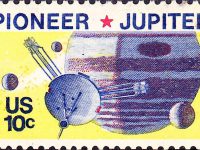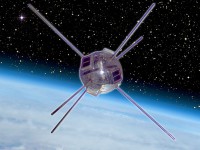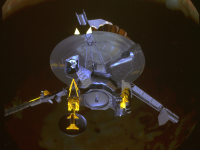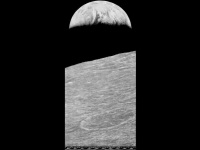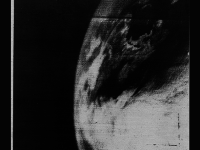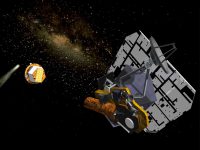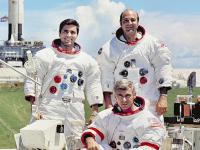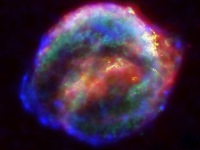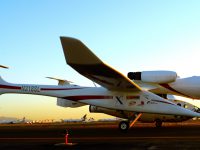To Jupiter and Beyond – The Pioneer 10 Mission
On March 2, 1972, American space probe Pioneer 10 was launched. Pioneer 10 was the first spaceprobe that completed the first mission to the planet Jupiter. Thereafter, Pioneer 10 became the first of five artificial objects to achieve the escape velocity needed to leave the Solar System. As a child, I remember how much i was impressed and amazed by the very first pictures of the colorful clouds of the gas giant.…
Read more

